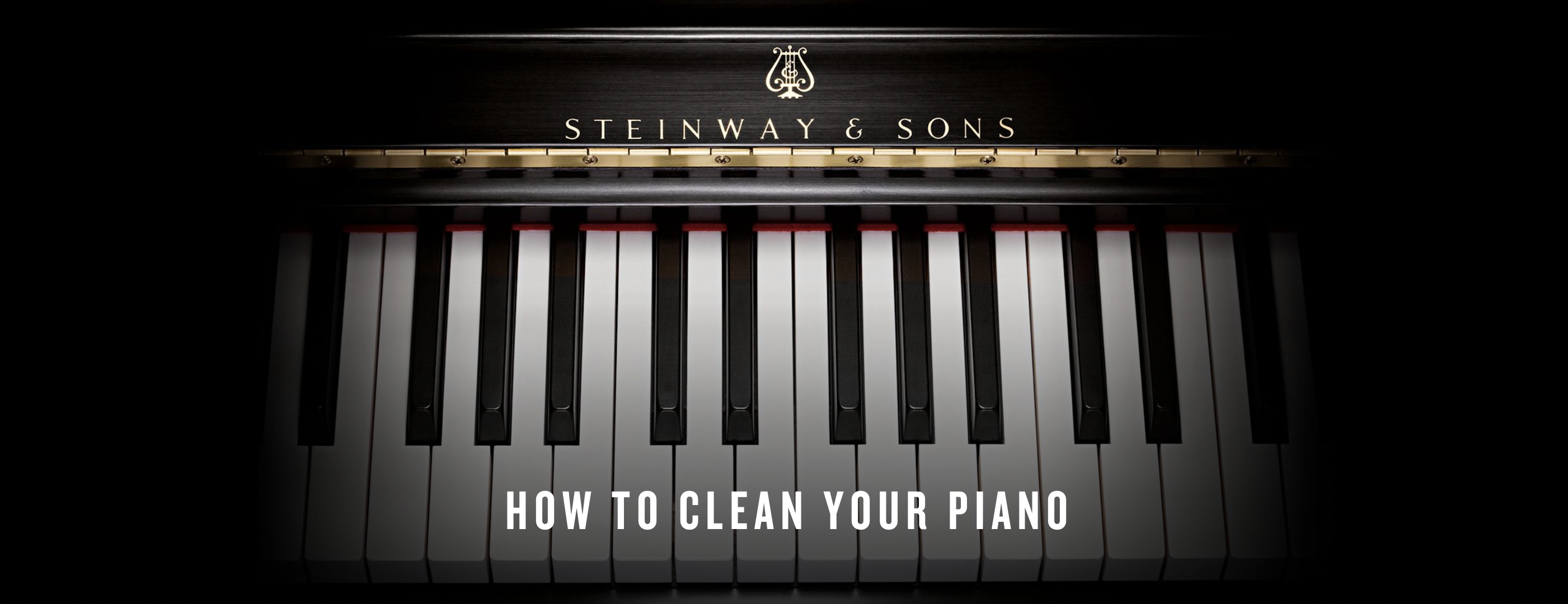DISINFECTING PIANO KEYS
- To disinfect your piano — the keys are the most important part. Over-the-counter hydrogen peroxide available from any pharmacy, is safe for piano keys.
- Dampen a cotton pad with hydrogen peroxide and use the pad to wipe down the piano keytops (back to front) between players.
- Use diluted alcohol-based disinfectants, do not use bleach-based disinfectants or any product containing citrus.
- If using a spray or liquid bottle, use a disposable pads or soft cloths. Put the disinfectant on the towel and not the piano.
- Always follow up with a dry towel and never leave any liquids on the piano or keys.
GENERAL CLEANING GUIDELINES
- The exterior of your Steinway piano is actually quite easy to keep clean. A clean piece of fine knit cloth, lightly dampened with plain water is the most convenient and safe method for removing dust and finger marks that occur during normal use and play. High-polish finishes should be wiped lightly with the use of a microfiber polishing cloth.
- Due to the wide range of cleaning products available, it is advisable to test on an small unexposed area of the finish to ensure that the product will not damage the finish prior to using on visible surfaces.
- Waxing and polishing is not recommended, as this can lead to build-up which can only be safely removed by trained professionals. Wipe your piano’s keyboard frequently with a clean piece of soft cloth, very lightly dampened with plain water.
- Never allow dampness to seep between the keys or down into the keybed — this can cause swelling and hamper the free play of the keys.
- Never use solvents of any kind to clean either the black or the white keys of your Steinway piano — they can damage the fine finish of the keys.
- Don’t put pots, vases, pictures, drinks or objects of any kind on top of the piano. The finish can be damaged by any foreign objects placed upon it and, in addition, they can have a ruinous effect on the sound of the piano.
